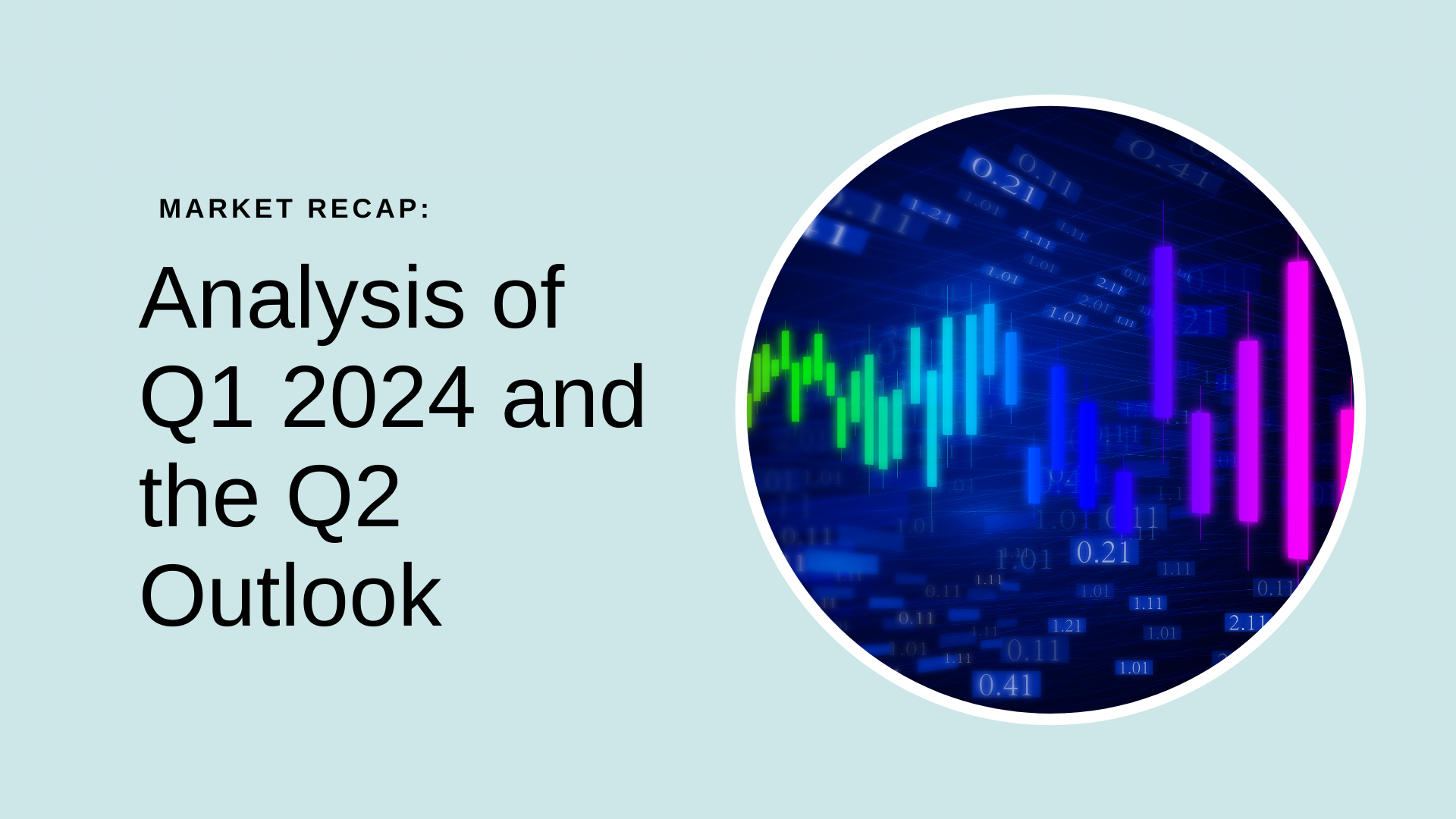Did you know that the global banking system is experiencing signs of significant consolidation? It is fair to say that it’s primarily because of the brunt of higher interest rates on bank balance sheets, causing a notable decrease in bond assets and a decrease in loan activities. Amongst the burning highlights, recently, is the announcement of JPMorgan Chase (JPM) acquiring troubled First Republic Bank (FRC) from the Federal Deposit Insurance Corporation (FDIC).
It started with the collapse of Silicon Valley Bank and Signature Bank and the forced merger of Credit Suisse with UBS earlier this year. The collapse of SVB is an assortment of structural factors, which, to a lesser extent, also affect other financial institutions. Potentially, this could result in many banks being compelled to reduce their size or seek acquisition in the coming years, which by stretch, could have negative implications for the supply of credit in the entire financial system.
A replay of the past
Situation in the present has slowly morphed into a rerun of the 90s when the banking sector was going through similar predicaments. Persisting problems of ascending interest rates, stagflation, and slow growth (around the later 1980s) led to a crumbling pressure and elicited the Savings and Loan (S&L) Crisis.
The US banking system reacted to these dangers by swiftly increasing the number of bank mergers, which accounted for twice the merger activity of the previous decade. The period between 1980 and 1994 was marked by a surge of bank failures and bailouts, with around 3,000 mostly small savings and loan institutions and banks being closed or bailed out.
How it is all unfolding
Over the past decade, the US economy has experienced a prolonged period of ultra-low interest rates and significant expansion of the Federal Reserve’s balance sheet. The loan and bond markets were thriving, and depositors had little incentive to seek higher-yielding alternatives.
However, when the Federal Reserve increased interest rates towards 4% last year, the bond prices plummeted, the lending activities slowed, and the savers started to move with their deposits. The reduction in deposits was exacerbated by the Federal Reserve’s reversal of bond purchases, absorbing some of the banks’ excess reserves and deposits.
Consequently, the ratio of bank loans to deposits fell to a 50-year low of approximately 60% in September 2021. As the banks continued to suffer losses on their balance sheets due to bond price declines, the run on deposits of the SVB, Signature, and FRC occurred, irrecoverably leading the banks to either closure or consolidation.
The future
The Government and the Federal Reserve are trying to control the flames of recent banking failures, but a fire of such magnitude can’t be put out that easily. As core inflation remains stubborn, a decline in interest rates is improbable for some time. Small and medium-sized banks will experience depressed balance sheets with simultaneous sustained pressure on their deposits.
While this may not result in a crisis in the traditional sense, the consequences could be just as severe. Limitations on lending can negatively impact economic growth and development, particularly for small businesses and individuals who rely on bank loans. Additionally, if small and medium-sized banks are coerced into being sold to larger institutions, this could further consolidate the banking industry and reduce competition. In retrospect, this means higher fees and less favorable terms for customers, depleting economic growth for years to come.





